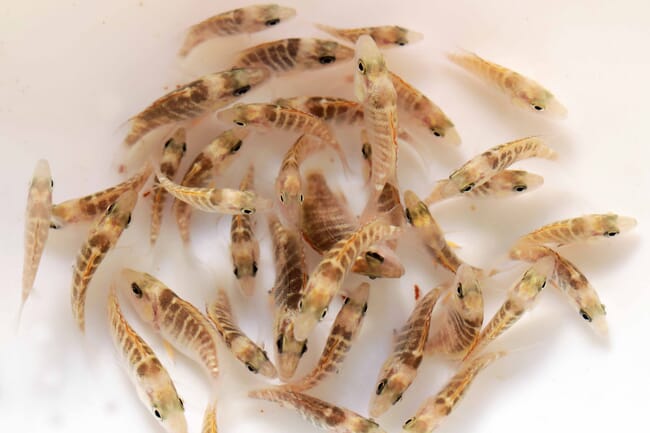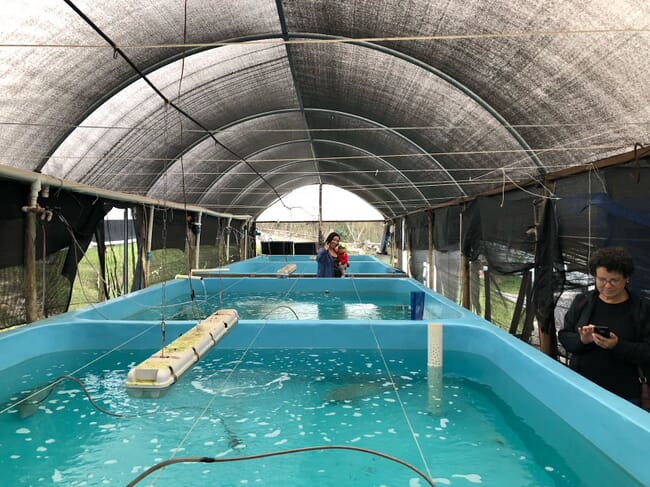
The final draft of the Hatchery Standard, published by the Global Seafood Alliance (GSA) on 4 April 2022, and includes a number of new requirements related to food safety, worker safety, water quality, effluent monitoring and traceability.
Issue 2.0 replaces Issue 1.0, which was initially adopted in September 2014. Issue 2.0 will go into effect on 4 April 2023, and all hatcheries pursuing certification or re-certification won’t be required to be audited against Issue 2.0 until then, giving facilities time to prepare for the new requirements added to the standard.
Issue 2.0 was subjected to 60 days of public comment that expired on 8 November 2021. A total of 27 comments were received.
The standard applies to all aquaculture hatchery and nursery facilities for finfish, crustaceans and mollusks that produce eggs and/or juvenile aquatic animals for live transfer to other aquaculture facilities and to all species covered by the any BAP farm standards.

A number of new requirements were added to the standard, including
- Hatcheries are now required to conduct a risk assessment of potential human food-safety risks associated with their operations.
- The worker-safety and employee-relations requirements have been updated, including requirements for wages and benefits, working hours including overtime, voluntary labour, child labour and young workers, use of workers from recruitment agencies, discrimination, disciplinary procedures, worker voice, and worker health and safety.
- The effluent monitoring parameters and limits for land-based systems have been updated and include unique parameters and limits for recirculating aquaculture systems (RAS).
- The water-quality monitoring requirements for cages or net pens in fresh or brackish water have been revised, consistent with the approach adopted in the BAP Farm Standard Issue 3.0.
- The BAP fish-in-fish-out (FIFO) limits for hatcheries using more than 50 metric tonnes of dry feed per year have been revised and a requirement to calculate the forage fish dependency ratio (FFDR) has been added.
- Requirements for live feeds produced in hatchery operations have been added.
- Hatcheries are required to control the sources of their broodstock and eggs via an effective internal auditing process.
- Requirements to limit escape events were updated.
- Traceability requirements, particularly those related to demonstrating BAP star status, were updated, and trace-forward and trace-back exercises are now required.




